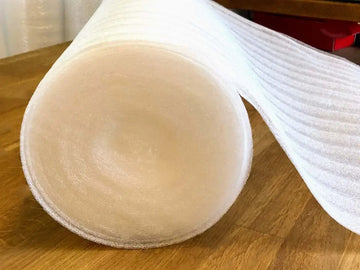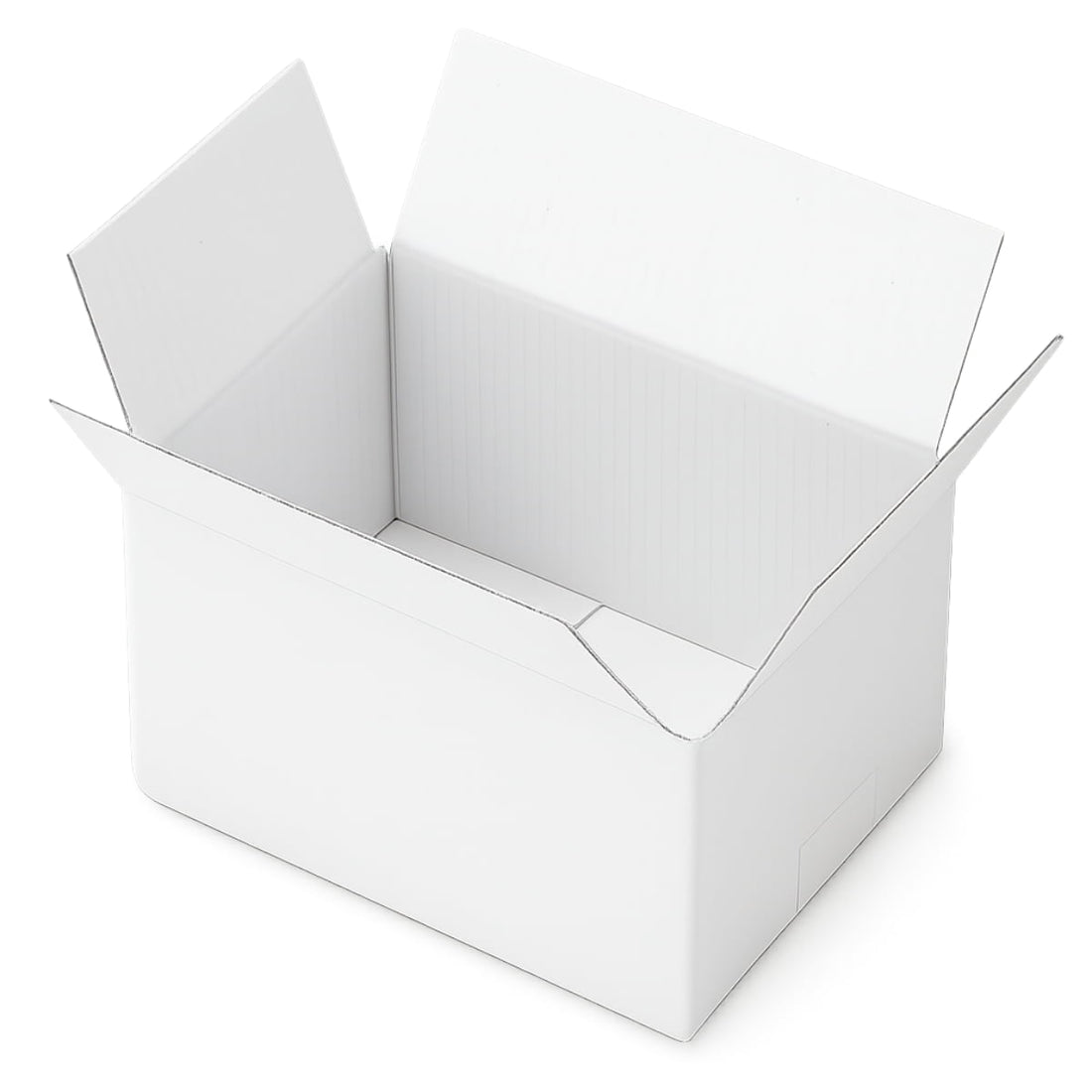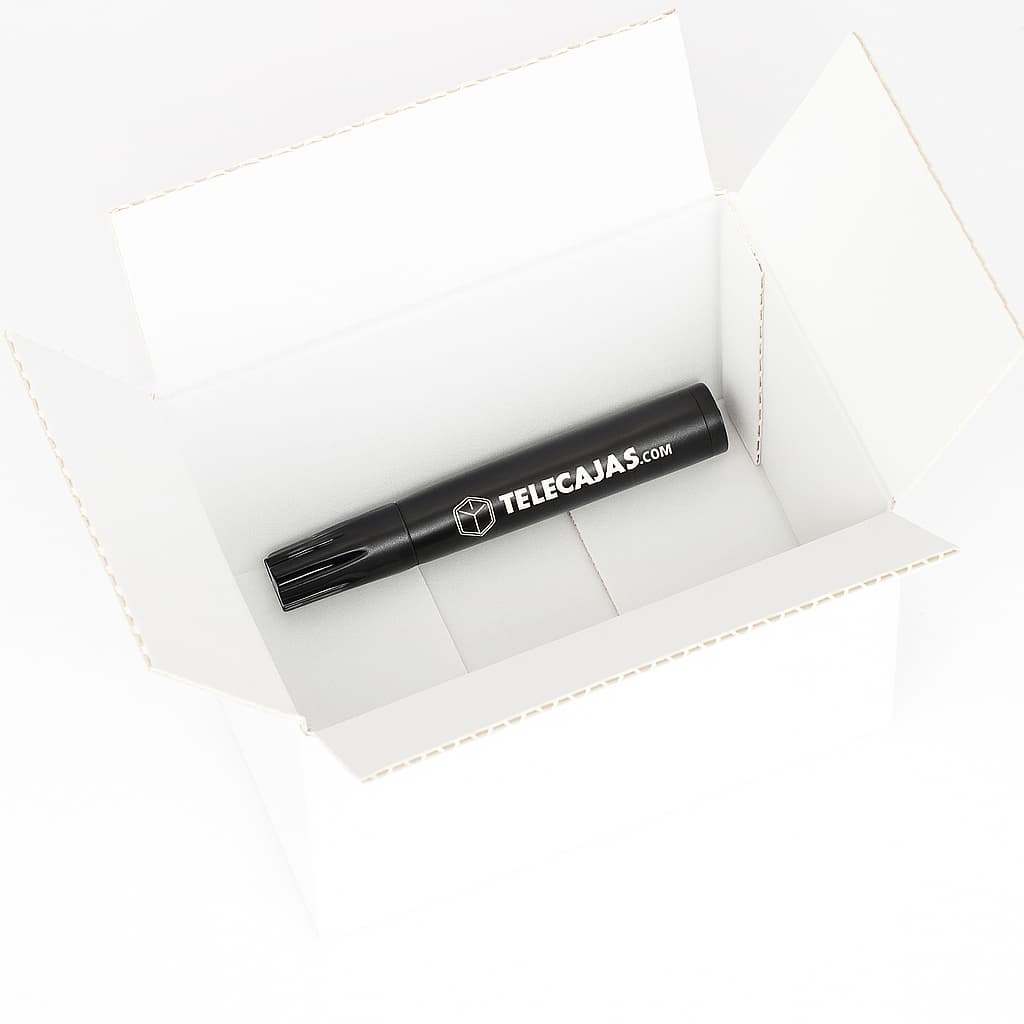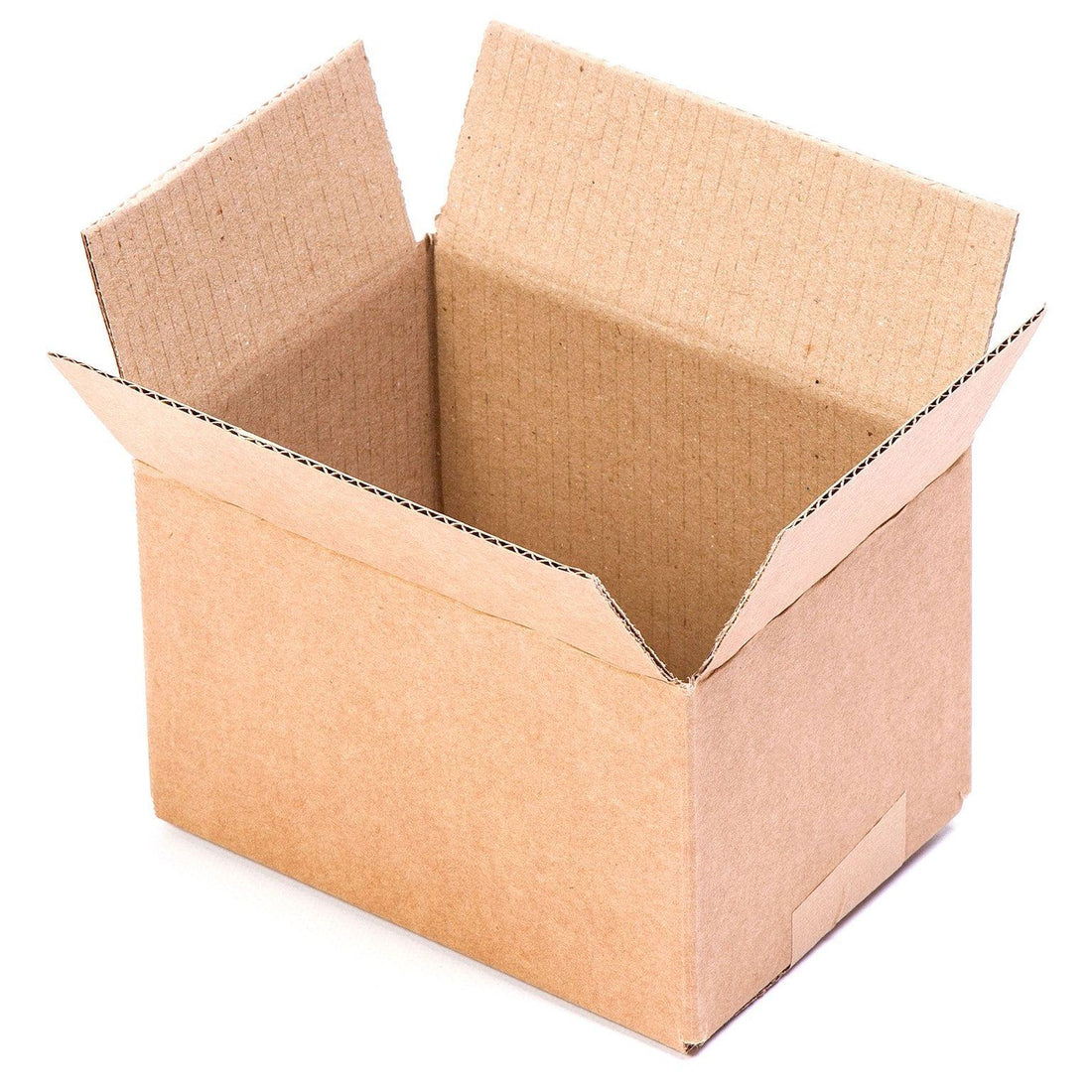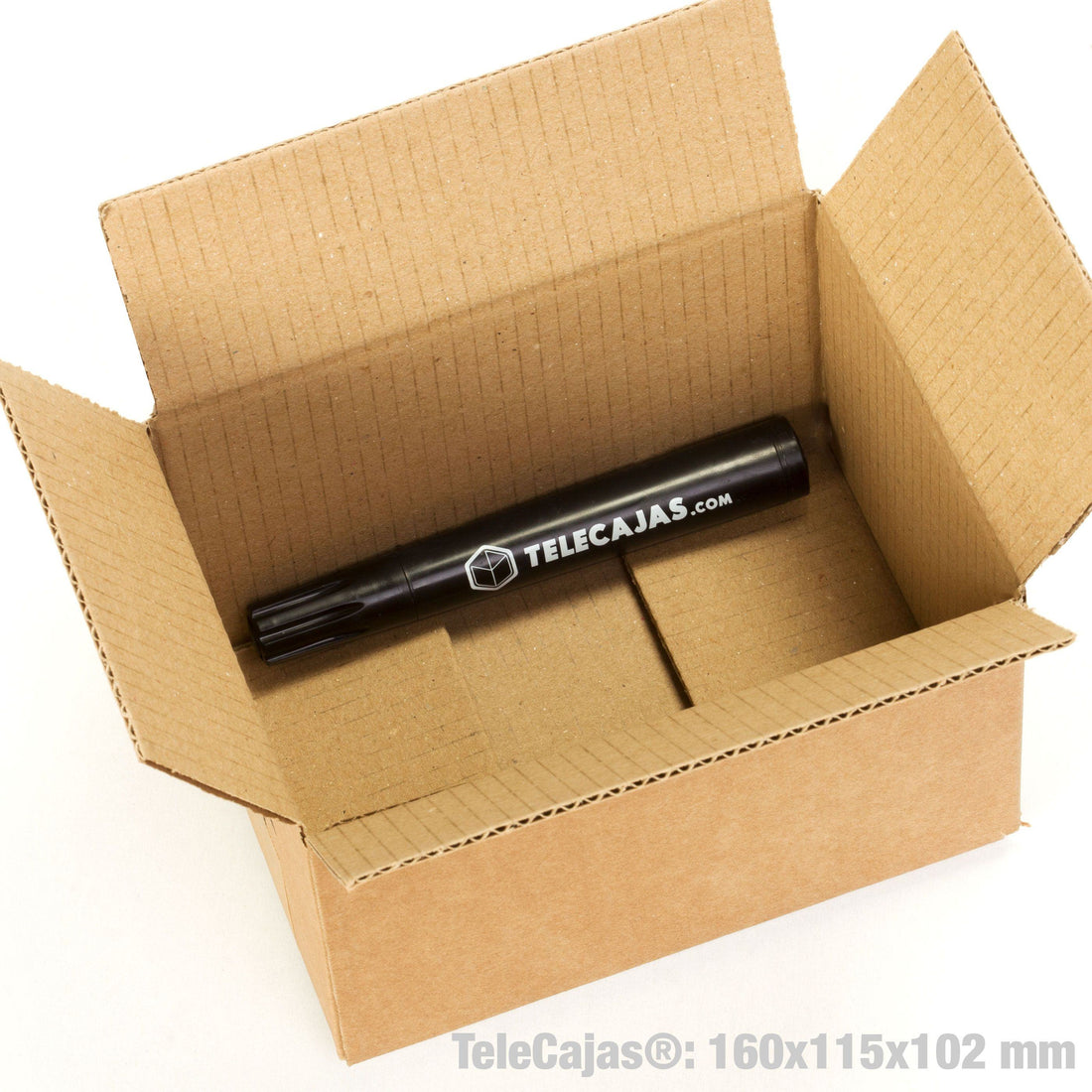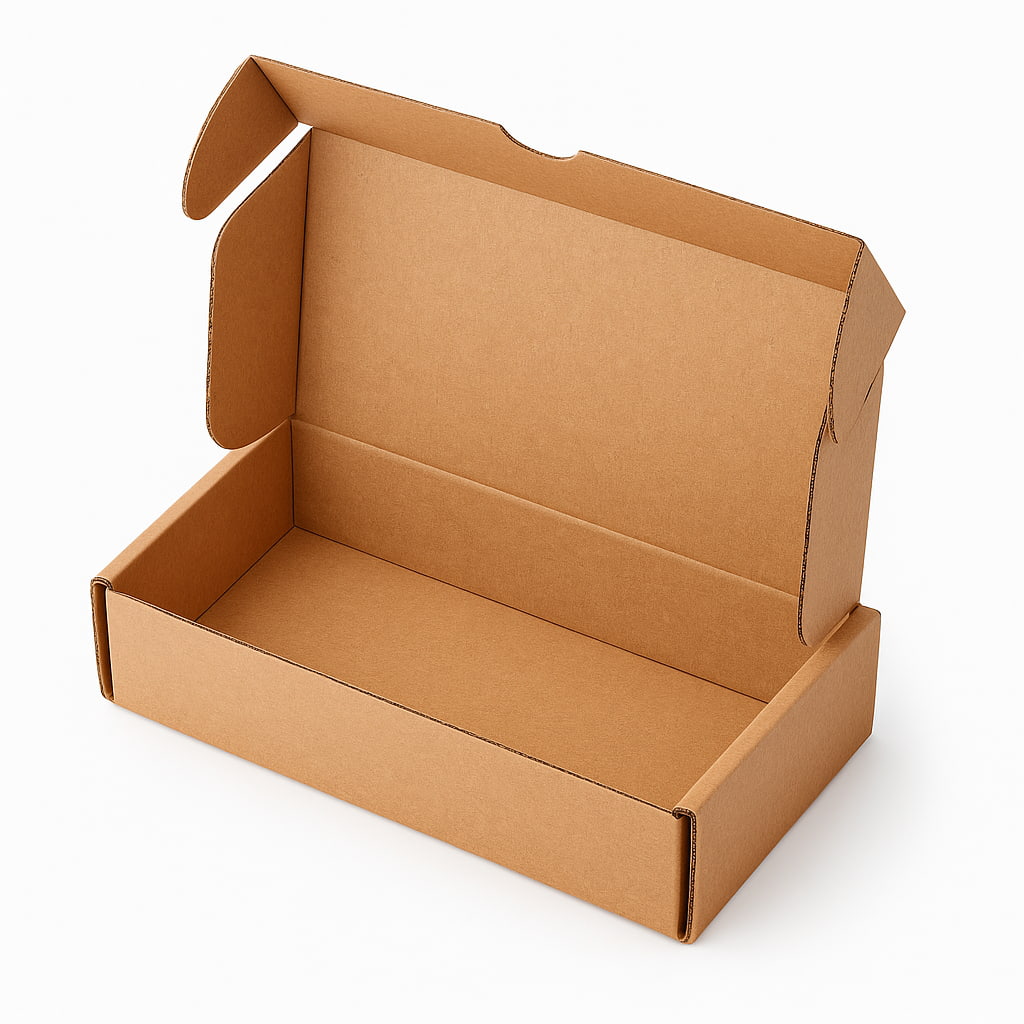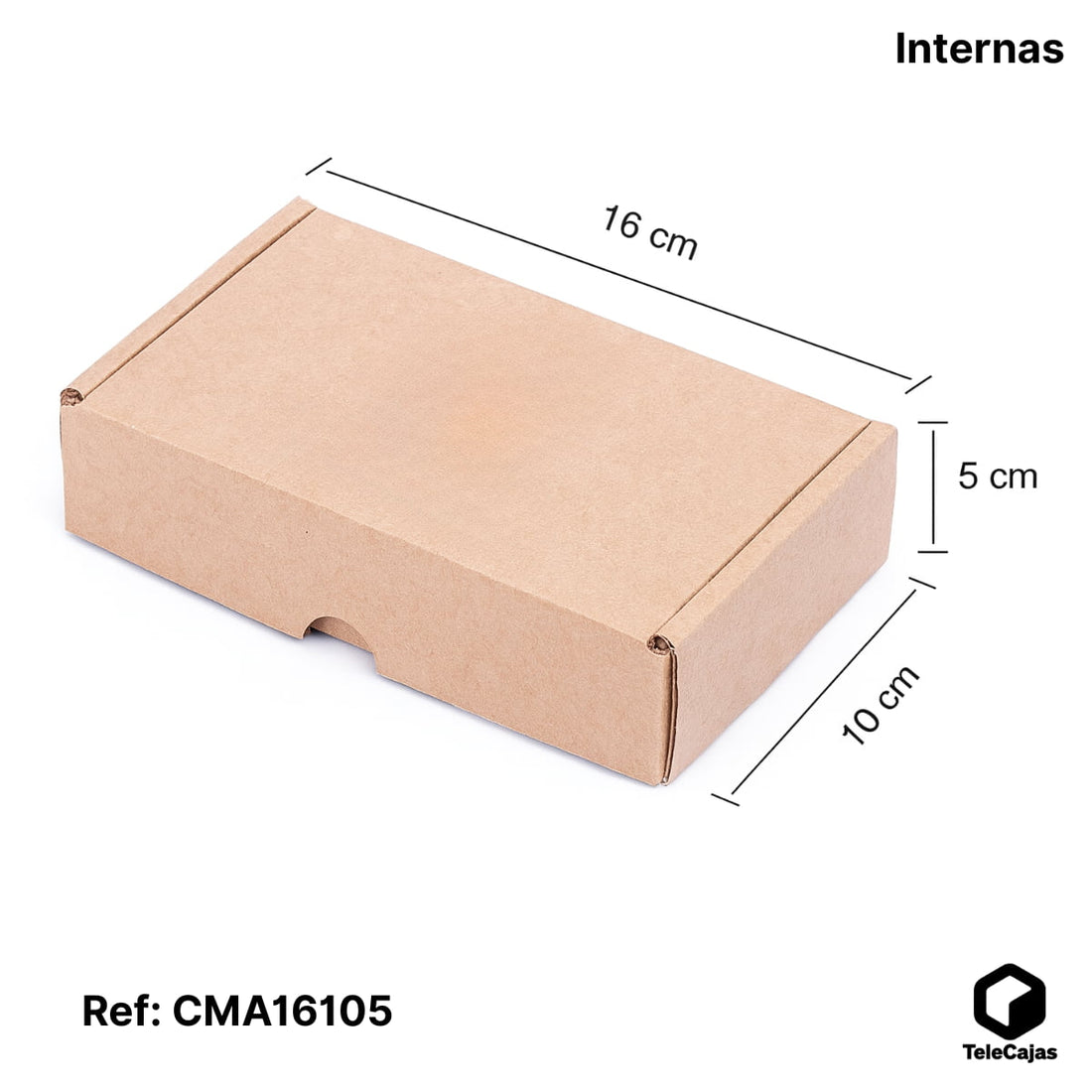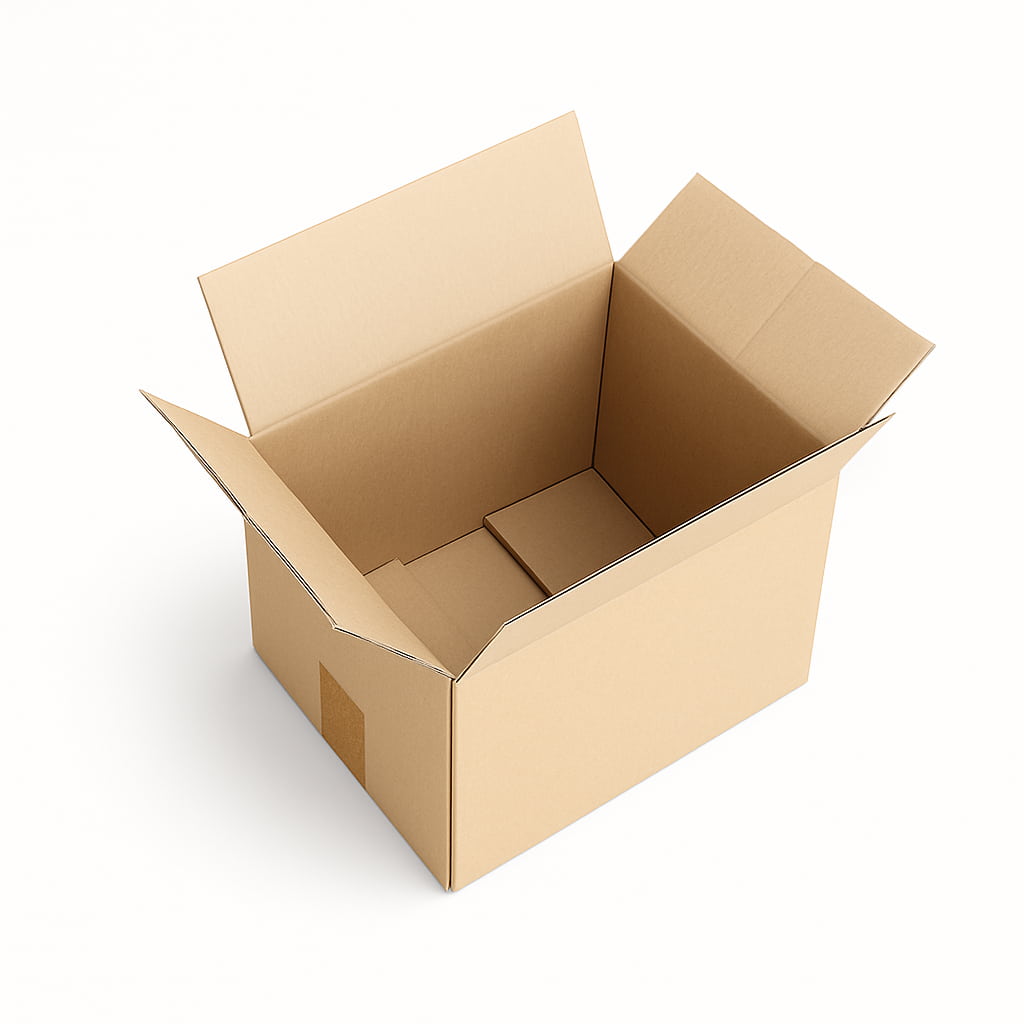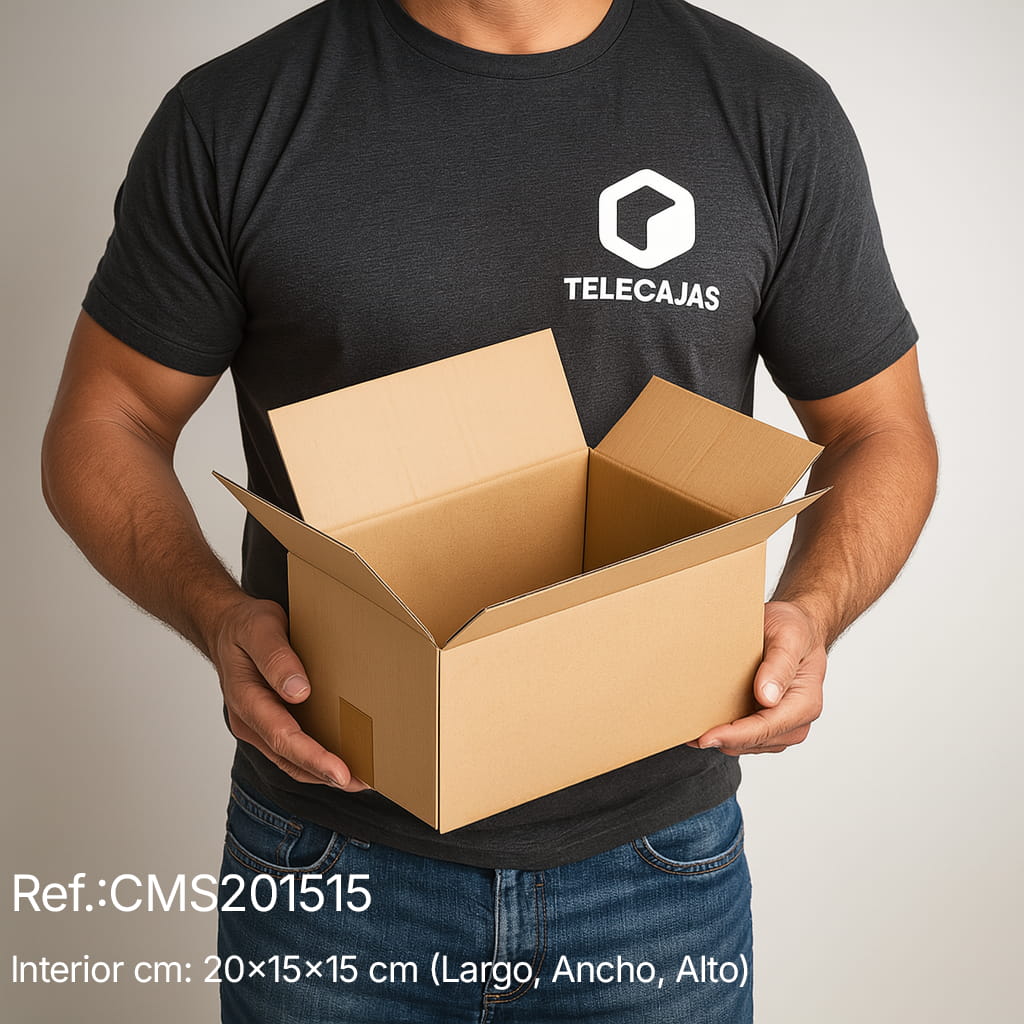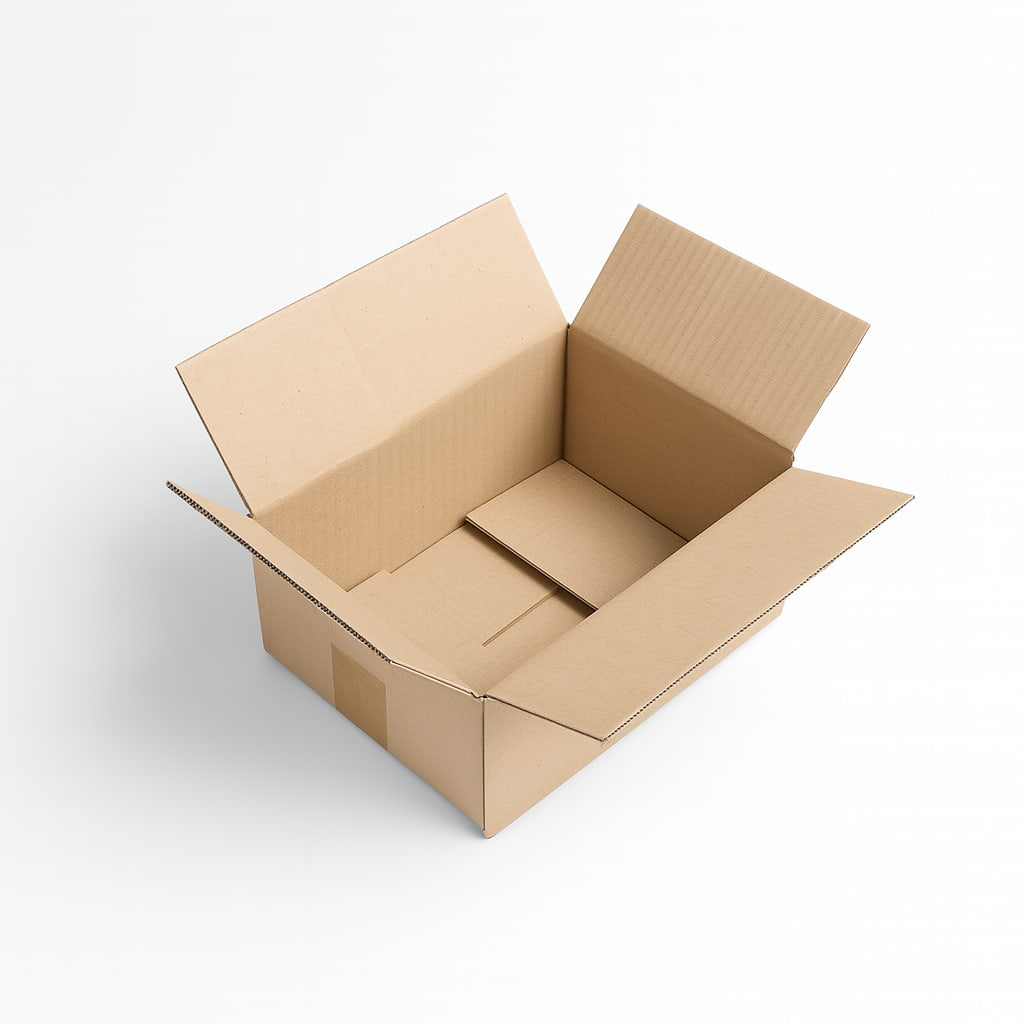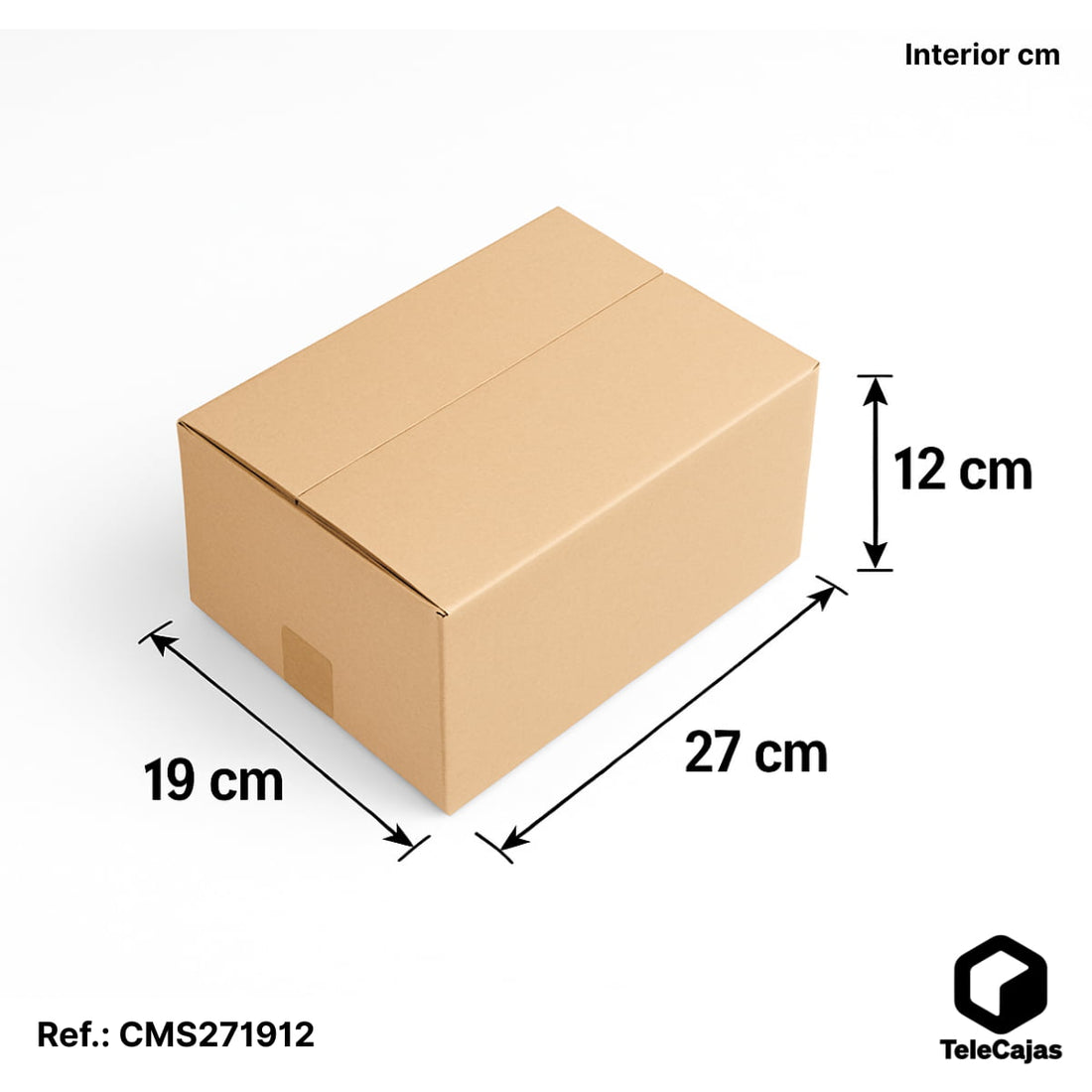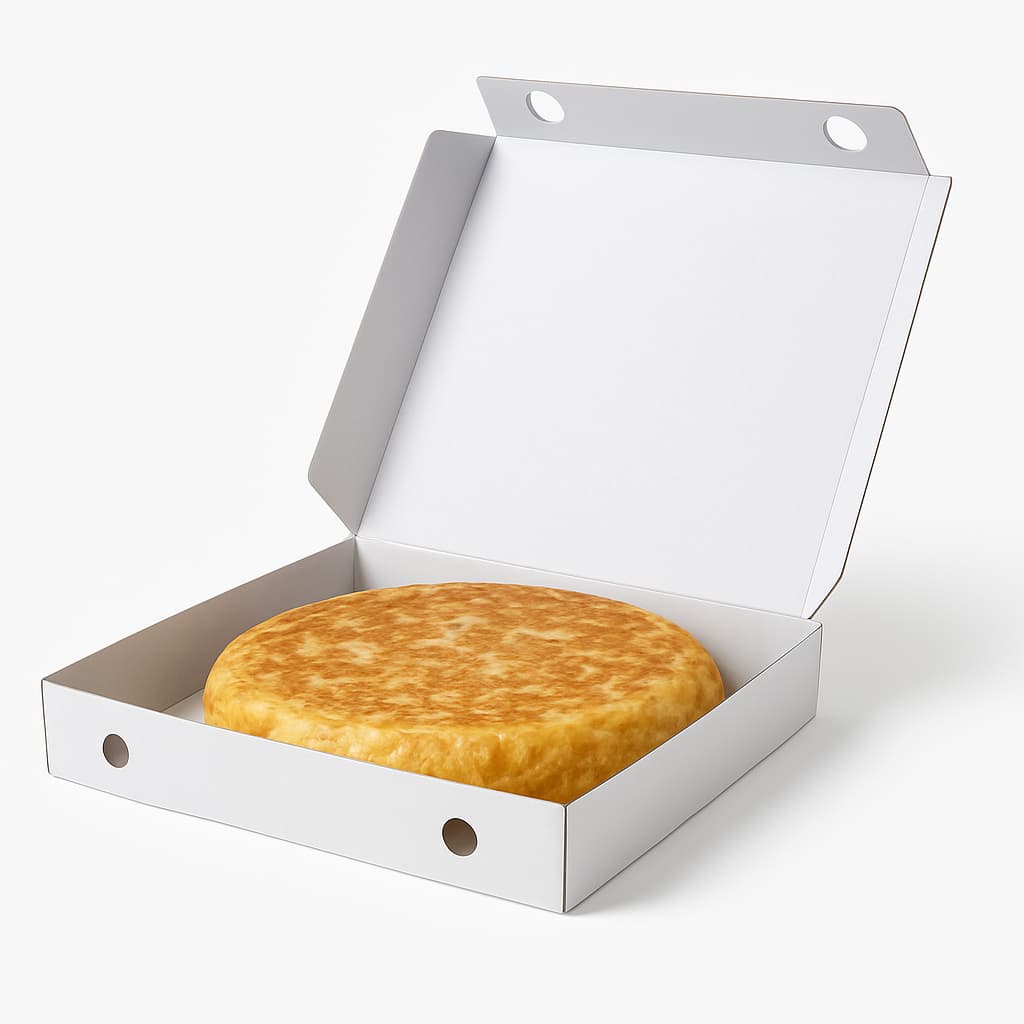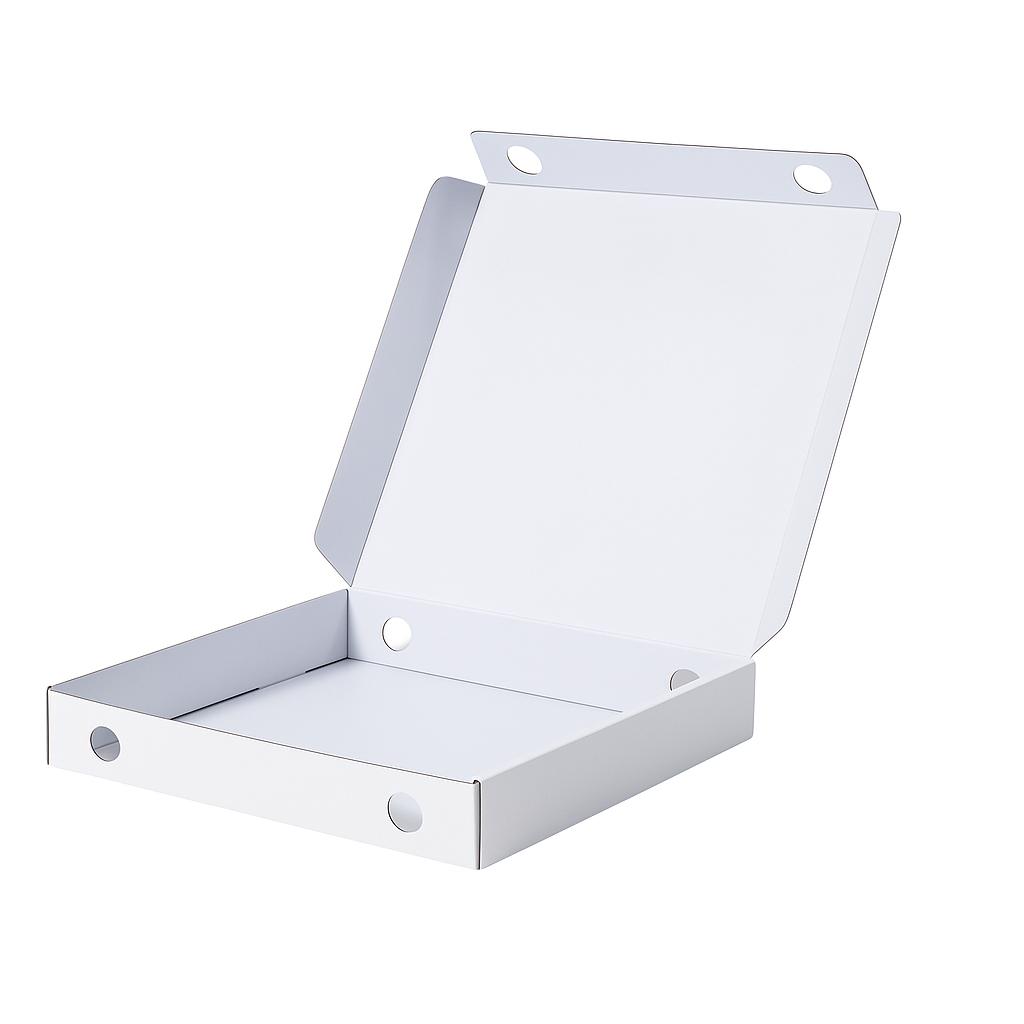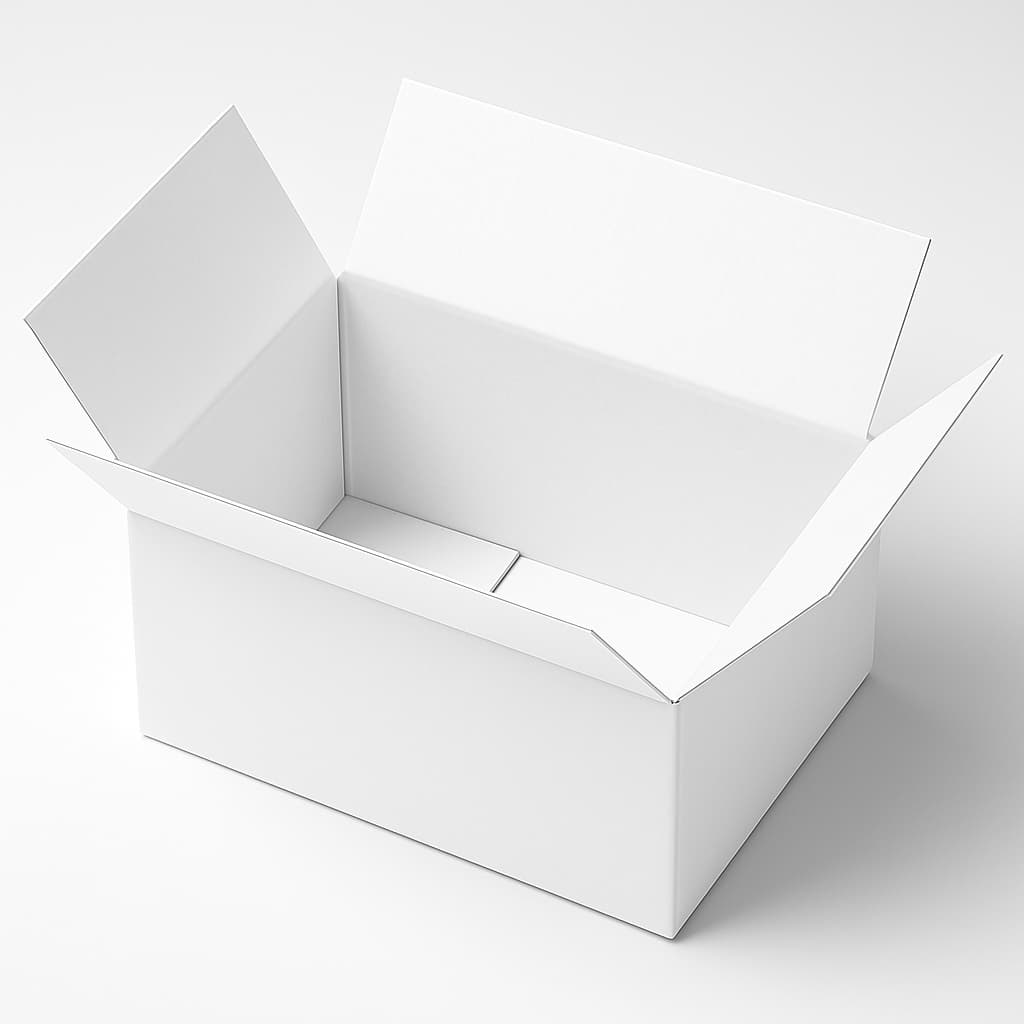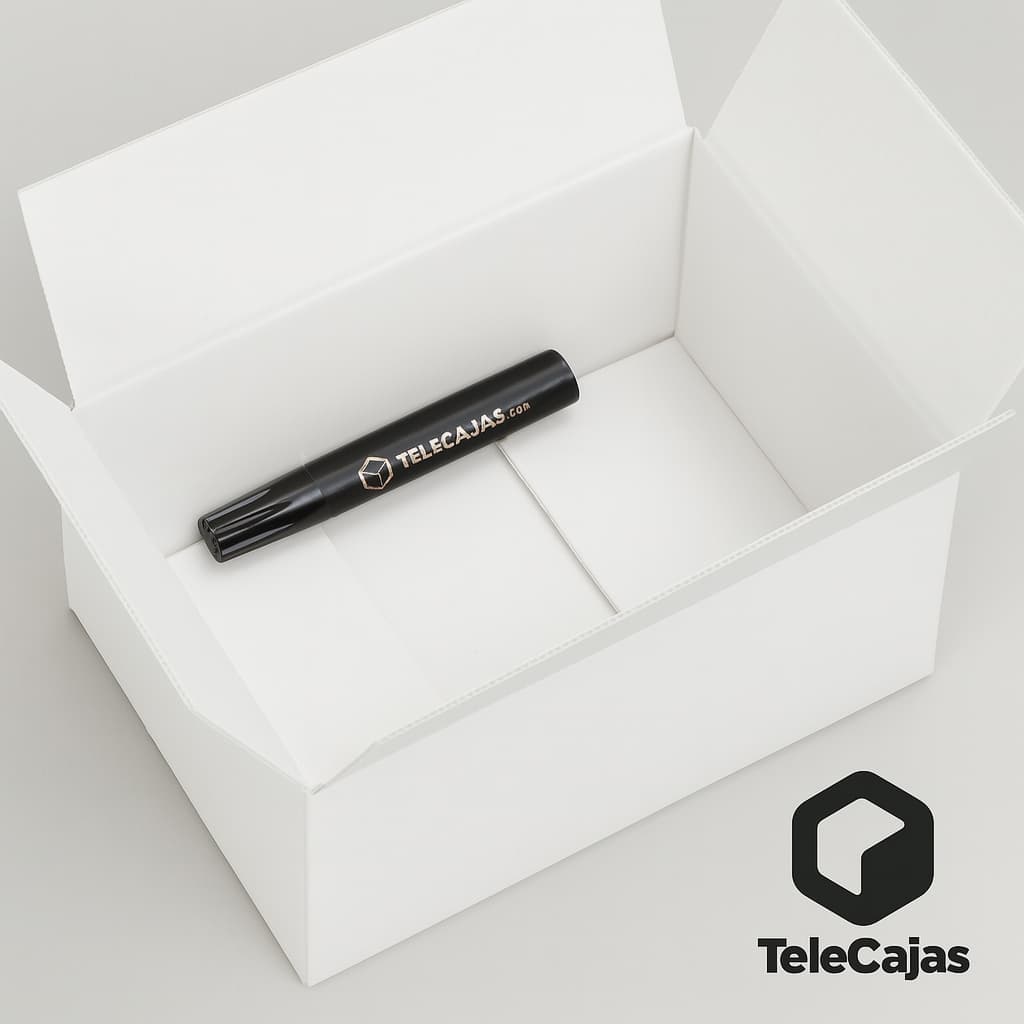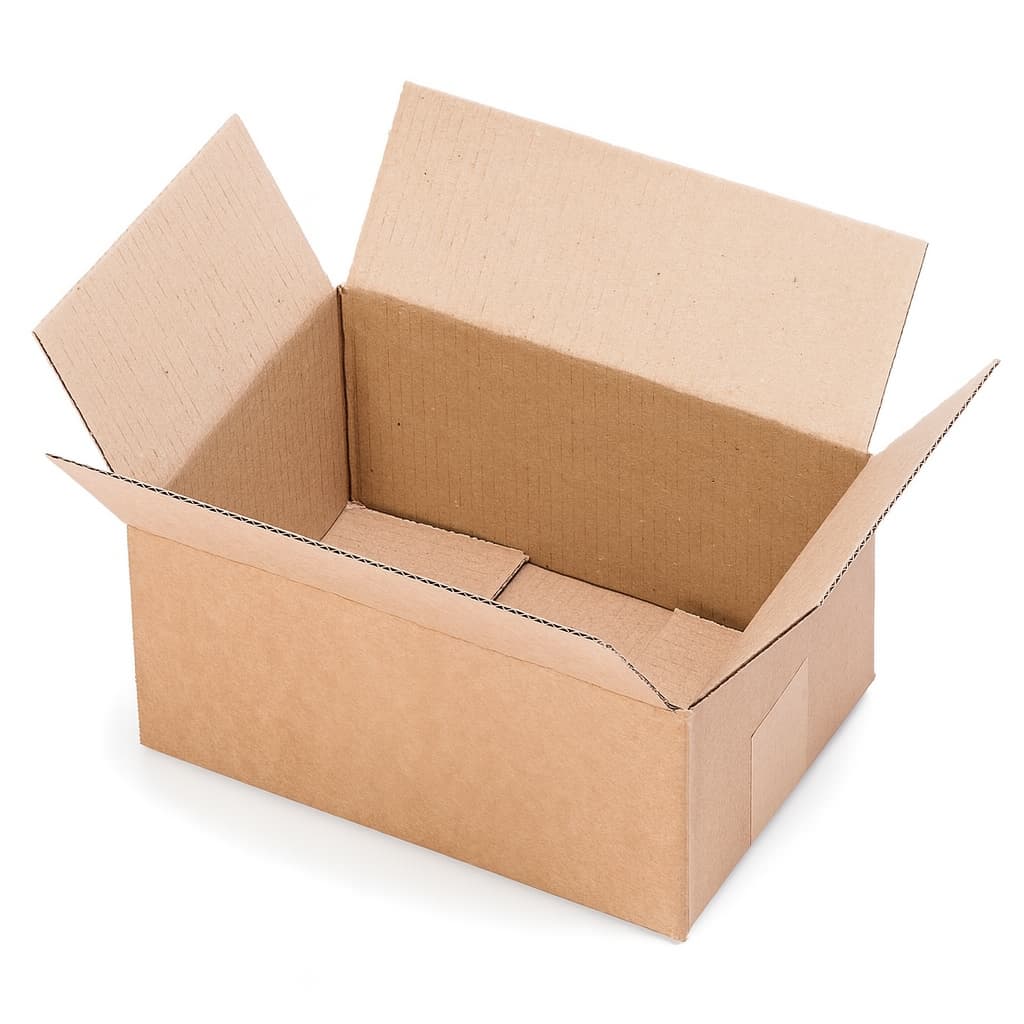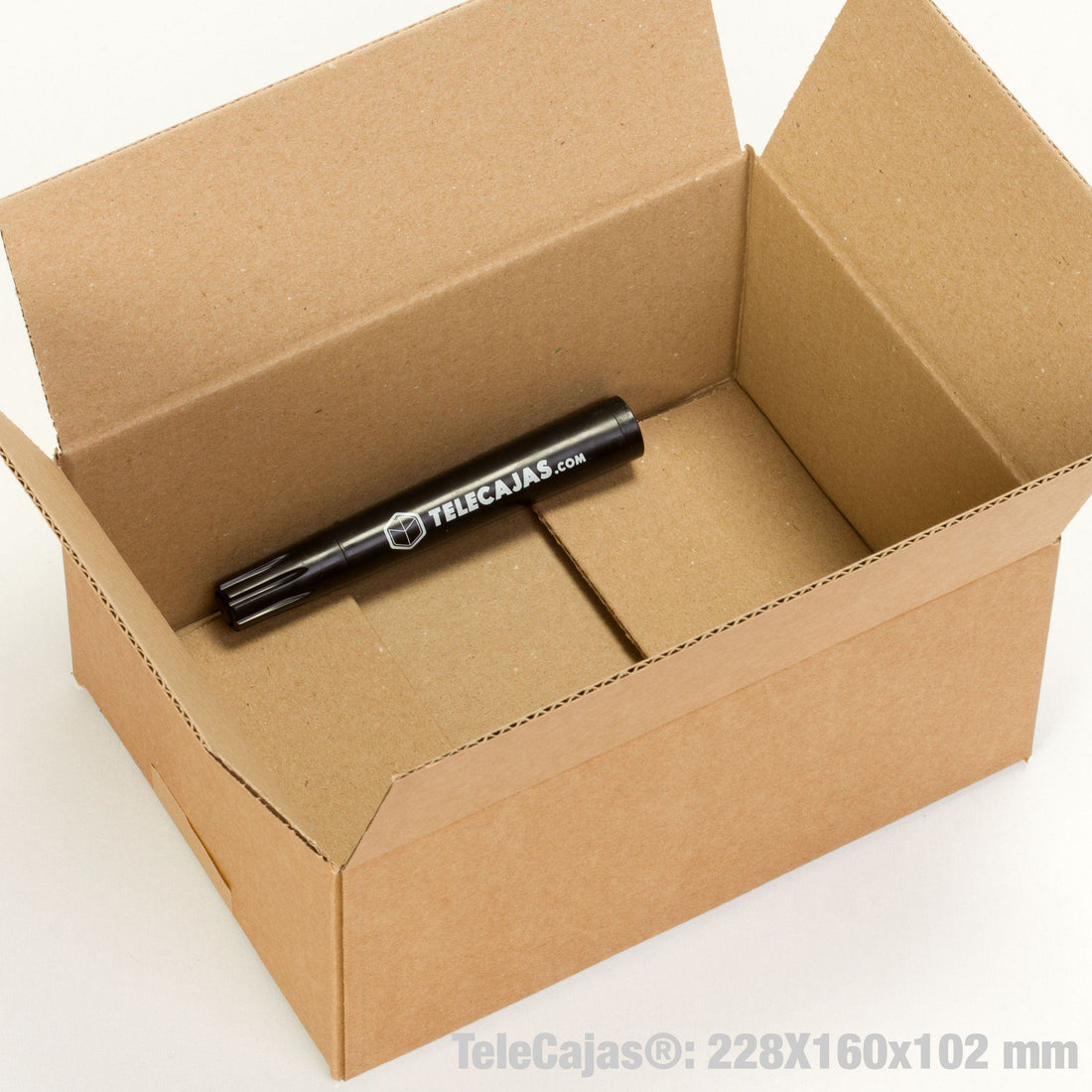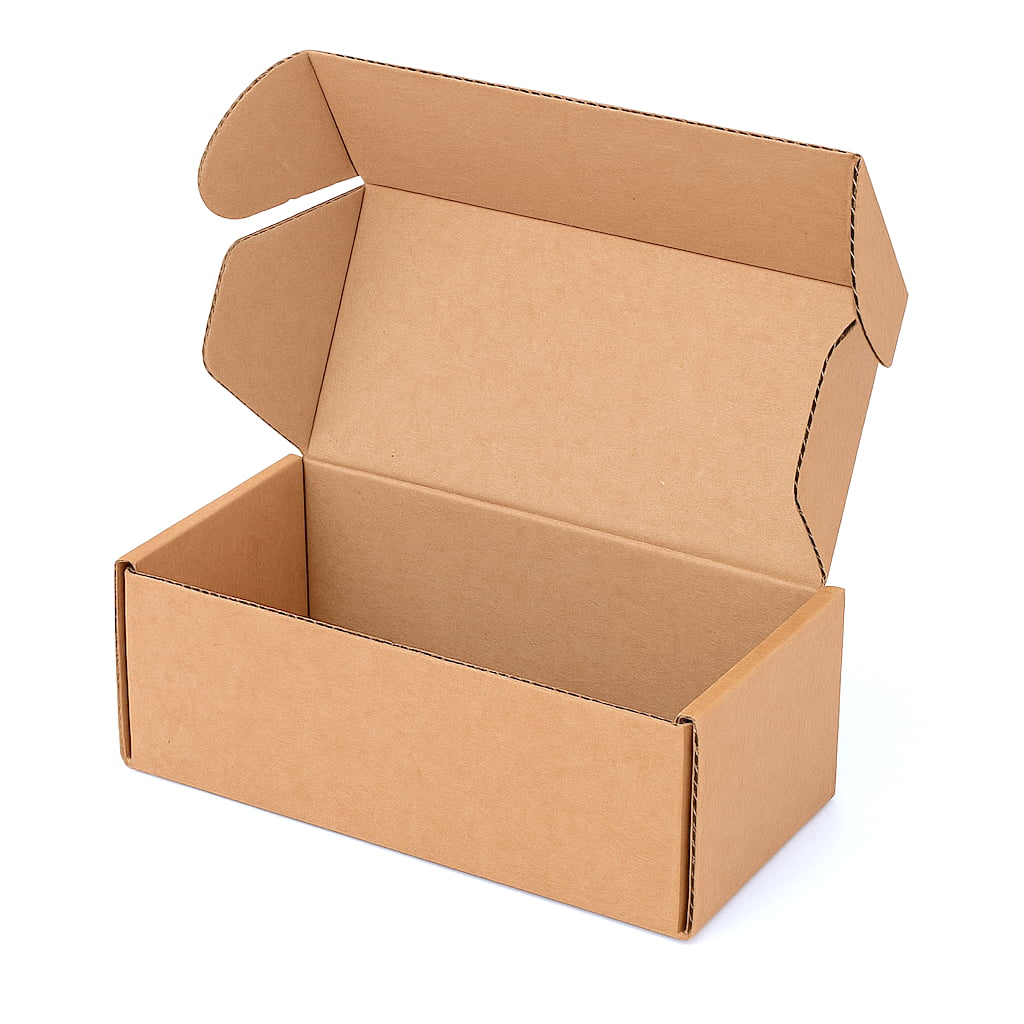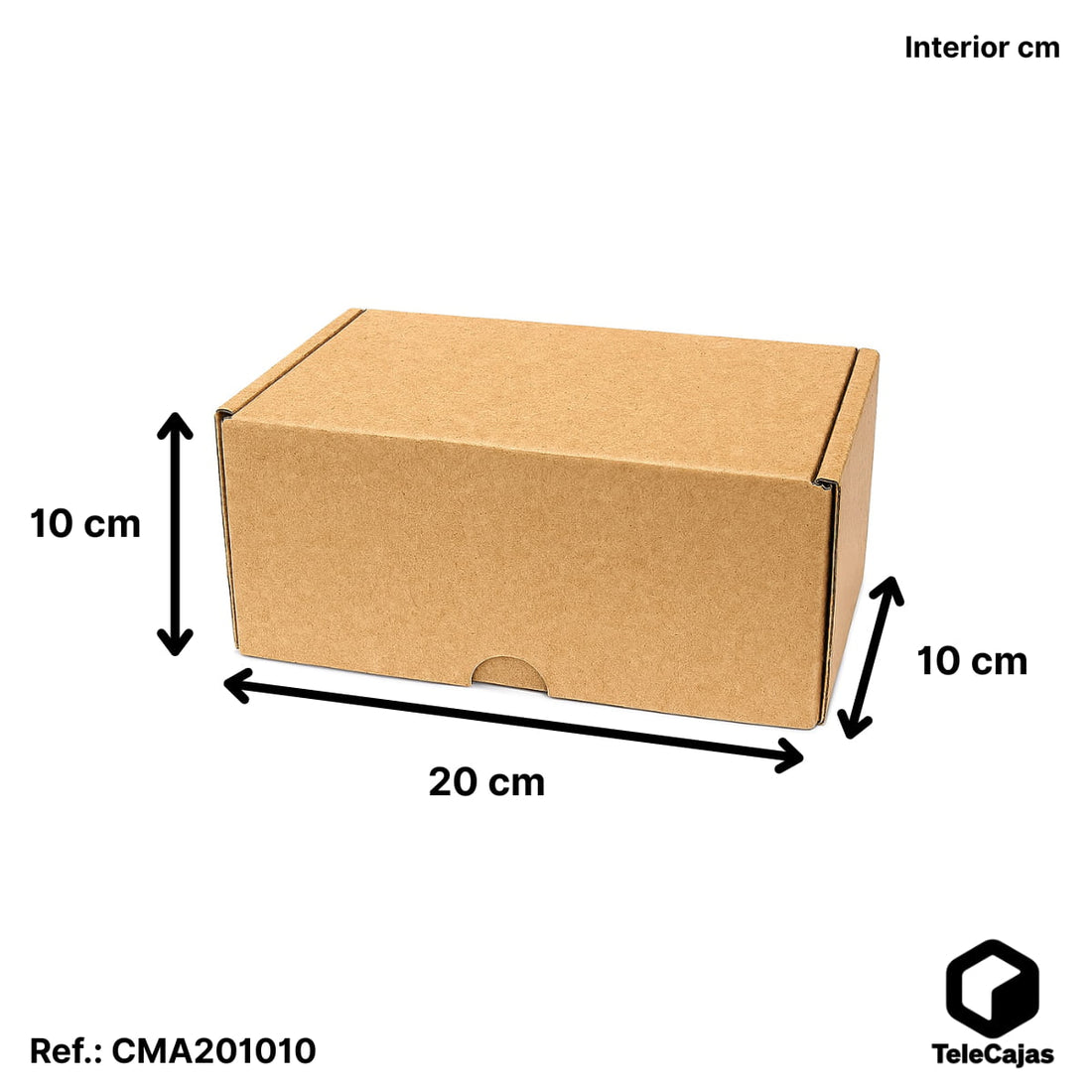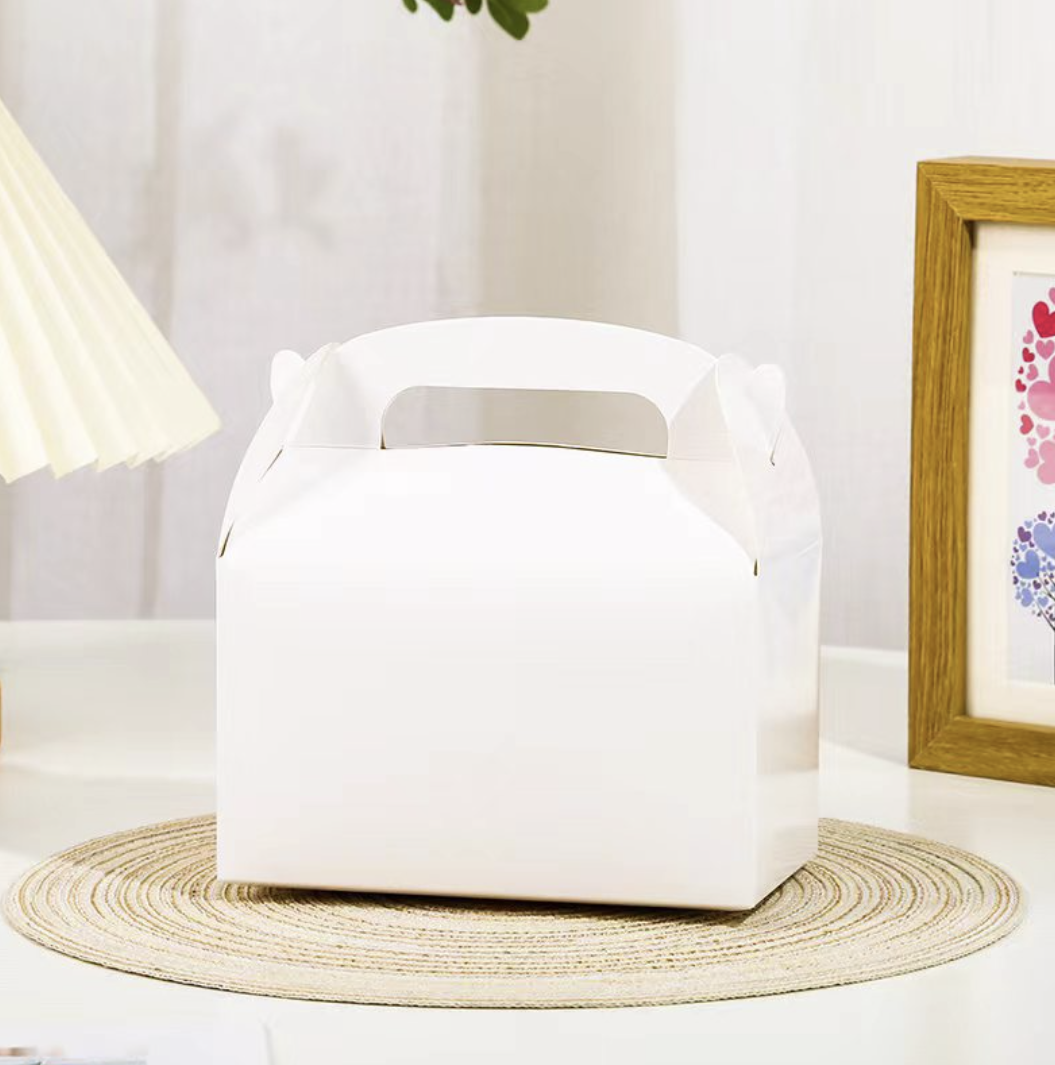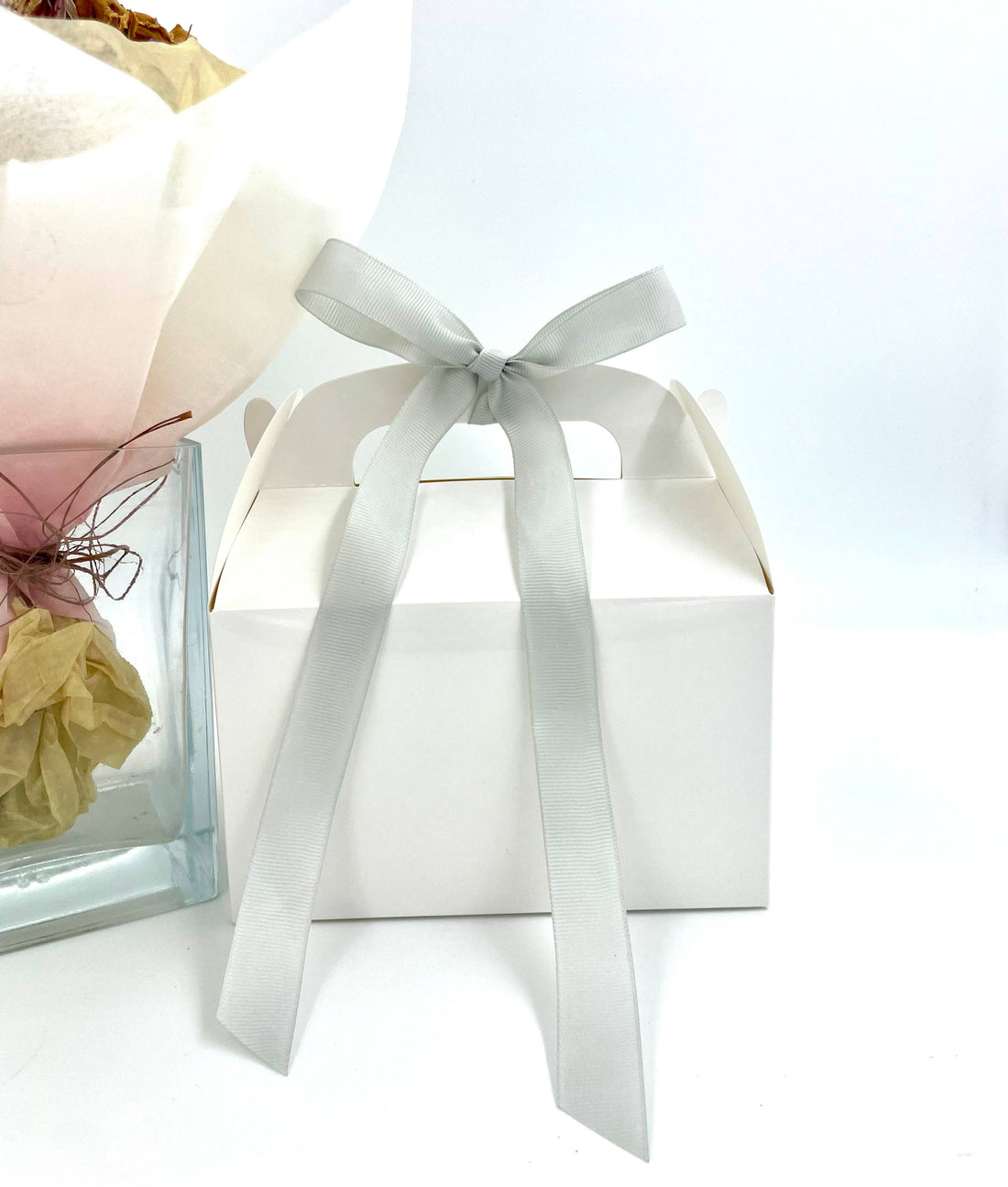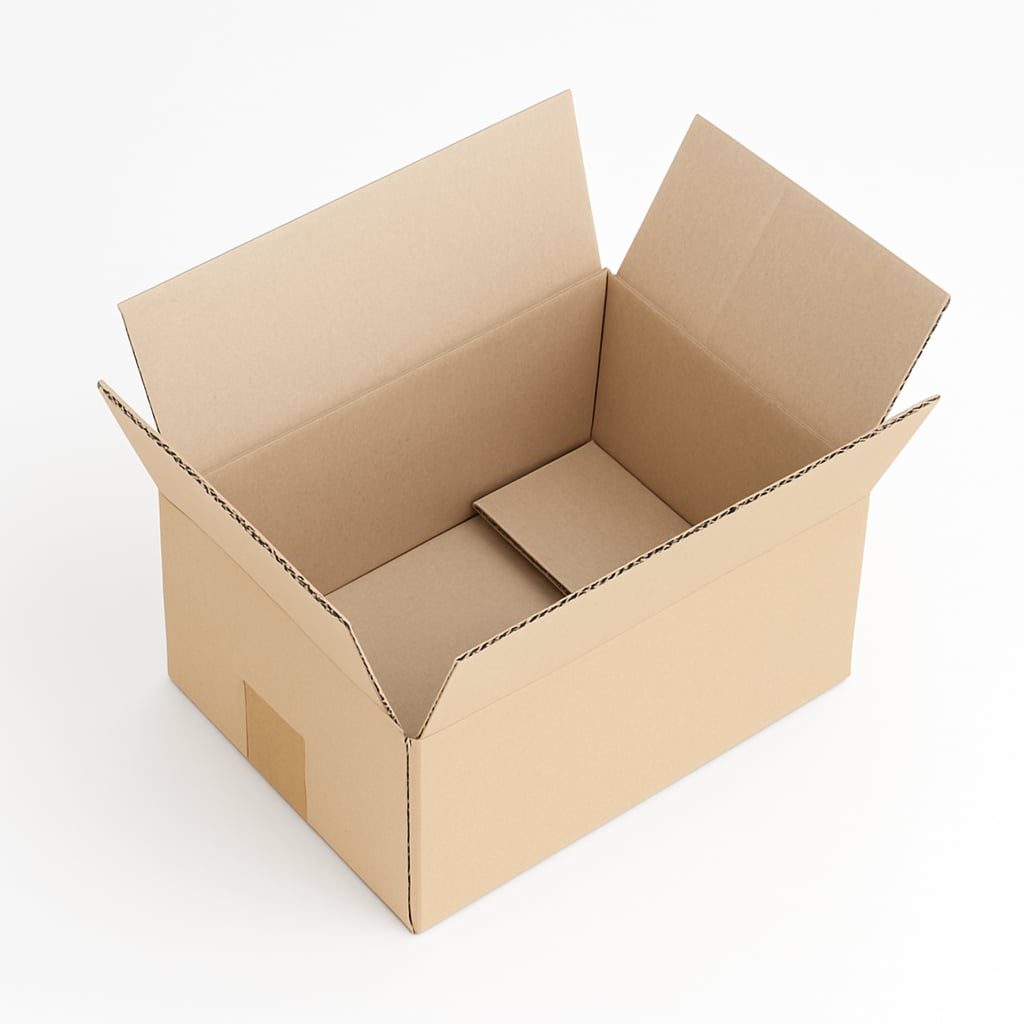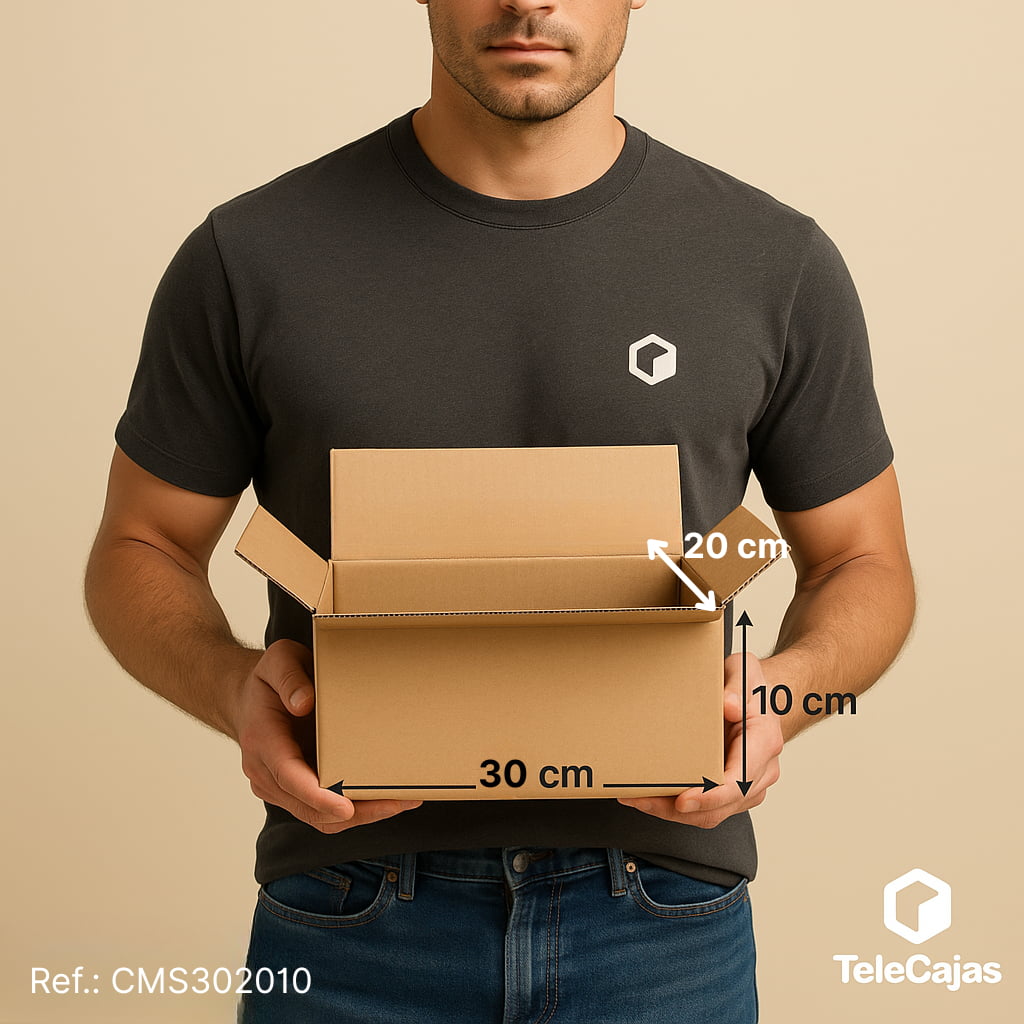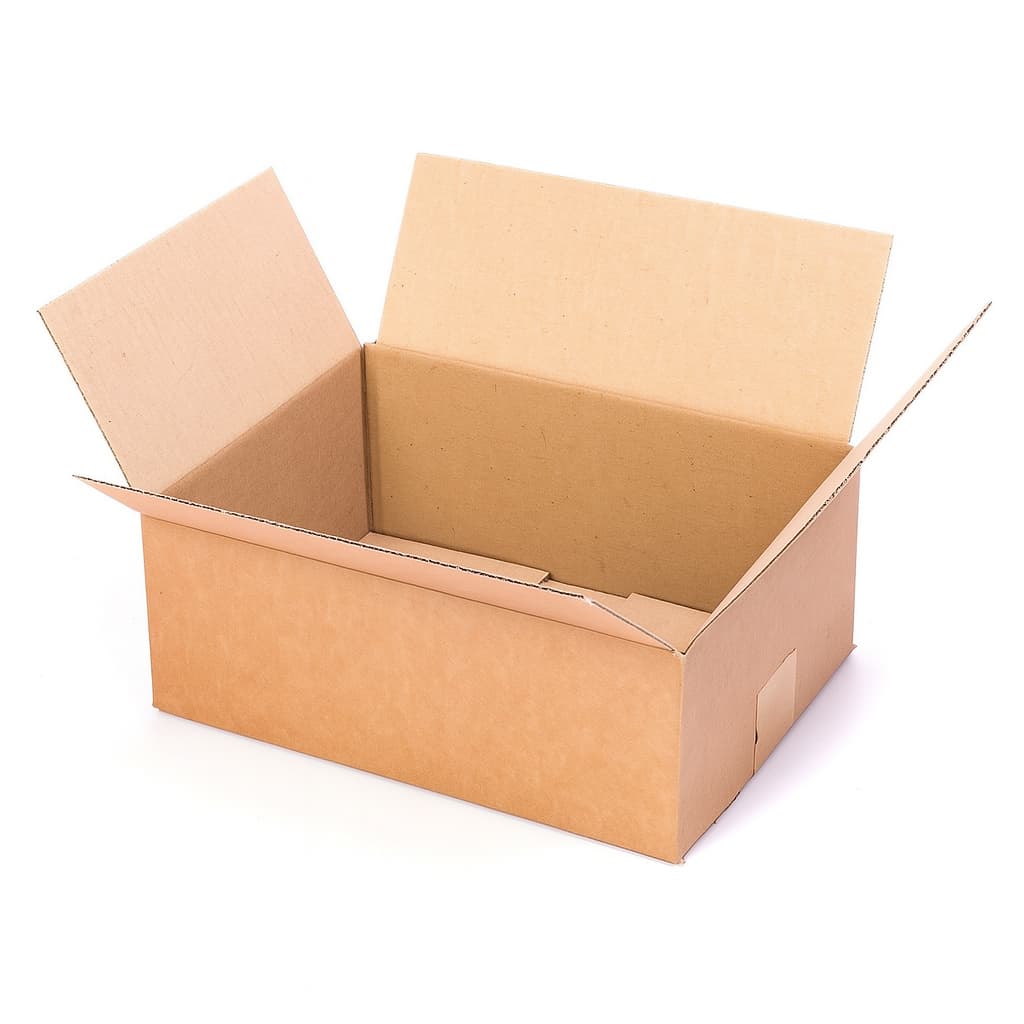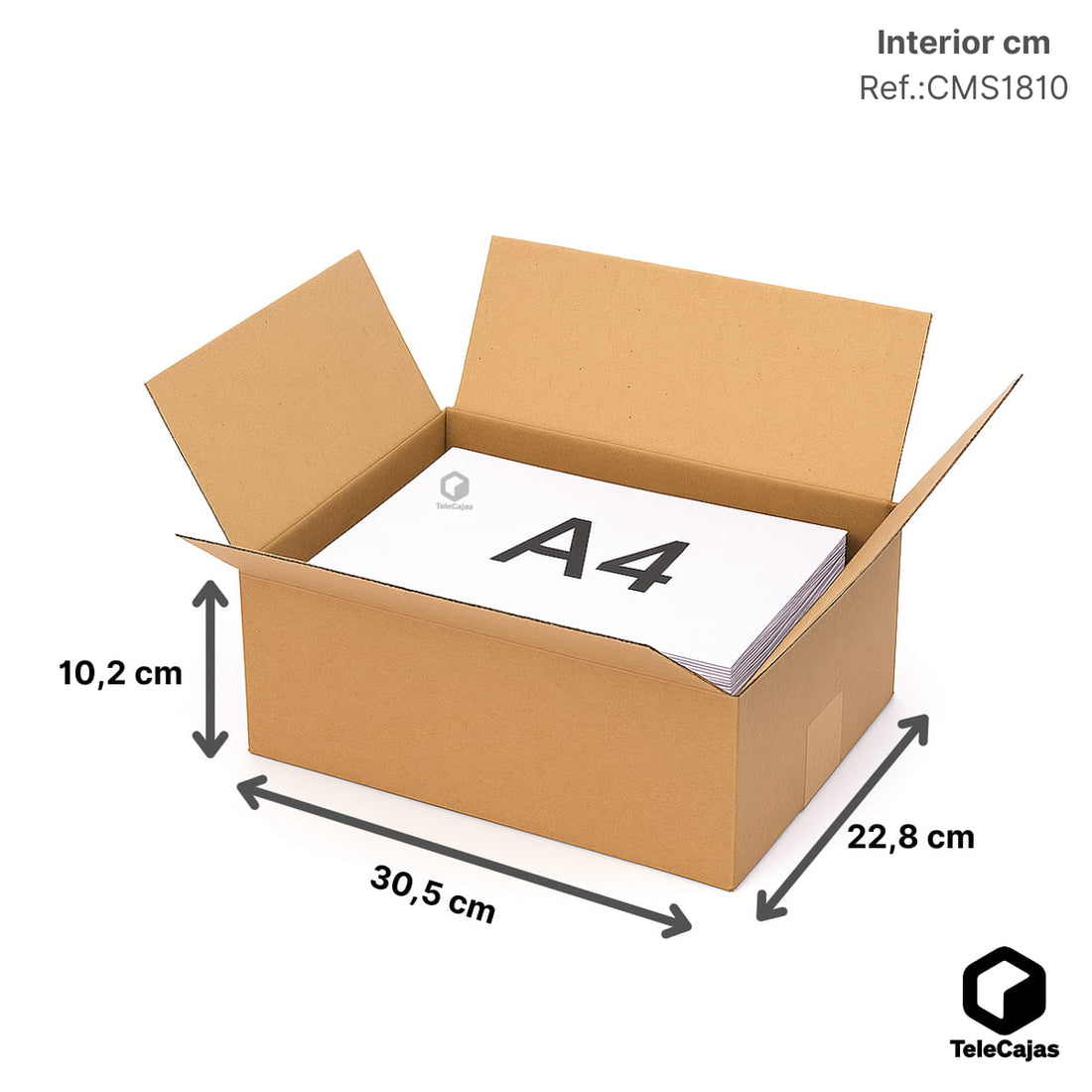With a versatility that makes it the perfect product for a multitude of projects,
polyethylene foam material is one of the most used but least recognized
foam materials on the market. While
polystyrene is known for its use in cups and insulation and
polyurethane with its soft feel is something everyone is familiar with, polyethylene is often a forgotten material. From
packaging and protection devices, to masonry supplies and shock absorbers every day, whether we realize it or not.
What is Polyethylene Foam?
Polyethylene is a closed-cell foam , meaning its structure is made of millions of tiny
bubbles , sealed together. This provides water resistance, as well as strength and rigidity not present in open cell foams. It is also
resistant to solvents, petroleum products, and is also antimicrobial, inhibiting the growth of mold, mildew, and bacteria. An elastic material, polyethylene re-forms after compression, while still performing enough to provide cushioning and security where it is needed. It is these features, combined with its versatility and customization possibilities, that make it useful in so many applications.
Formed from the heating of polymeric compounds, polyethylene foam can receive additives in its formula to alter its properties before being heated and extruded into its solid state form. This means that in addition to standard polyethylene sheet foam, there are also antistatic and fire retardant varieties of the product. With the additives included in the formula, the characteristics are consistent throughout the entire material, unlike treatments added after the foam has been created. Like other foams, it is also available in different densities for different applications. The higher the
density of the polyethylene, the smaller and/or thicker the cell walls are, creating a stronger material.

Detail of polyethylene foam sheet
Thermal and insulating properties of polyethylene foam
Antistatic properties help
polyethylene foam in packaging , handling and transporting delicate electronics by dissipating electrostatic charges that can build up and damage components. There are different values and degrees of fire resistance in foam, but generally speaking, fire retardant foam resists heat and flame to some extent, and may have the potential to self-extinguish once ignited, unlike untreated materials. These are most commonly seen in insulation materials and construction. Additionally, some polyethylene foams are characterized by these two characteristics for highly specialized jobs, such as in sensitive machinery or building structures.
In addition to the performance characteristics that polyethylene can possess, the material is also available in multiple shapes and sizes. Most commonly seen in sheet or board form, polyethylene has a rigidity that maintains its shape when cut into thick sections. These are most often used as
insulating materials or in custom casings and packaging , as as well as being strong and shock absorbing, polyethylene can also be easily cut to create form-fitting inserts for safely moving or transporting items. . Closed cell foam insulation is excellent at resisting moisture and polyethylene in particular is often used as a
thermal insulation material. Polyethylene sheet is also easily laminated to create thicker sections that can then be cut for furniture inserts, personal flotation device inserts, or specialized packaging. Additionally, the support rod polyethylene tube is manufactured in a variety of diameters for varied use.
Foam rolls are made from very thin sheets of material. This flexibility allows it to be used as
insulation around pipes, seals between foundations and sill plates in buildings or in the creation of bags or bags to protect products while minimizing space and weight. Potentially the most recognizable style of polyethylene is its cylindrical shape due to its presence every summer as
children's toys in swimming pools, thanks to its buoyant properties . In different sizes, these cylinders can also be used as bolsters and support products for personal comfort.

Foam rollers in the shape of cylinders made of polyethylene foam for recreational use in the pool and as a toy for children
Polyethylene cylinders (foam pool rollers)
Just like performance additives for anti-static and fire resistance characteristics, so are
dyes that color polyethylene used in visual applications or for project customization. Polyethylene foams are most commonly seen in black, white and blue, as well as pink antistatic foam, with other colors also available.
Even the molecular compounds of polyethylene can be customized, with versions of physically cross-linked and chemically cross-linked polyethylene having slightly different characteristics. The biggest difference between the two is that chemically cross-linked foams have their bonds forced through externalities such as heat or pressure, while physically cross-linked products bond naturally. This results in greater versatility because it is easier to break down and re-form a physically cross-linked material, but it also lacks the extra strength and durability of chemically cross-linked foam.
The spectrum of uses for polyethylene makes it one of the most versatile foam products available. The range of densities, formulations and styles is substantial on its own, and with multiple uses for each variation, the possibilities for this unique product are incredibly vast. Whether for personal or professional use in large scale or short term production, there is a polyethylene product that will perform up to any standard it is measured against.
Polyethylene Foam: Manufacturing and Applications of Protective Foam
Polyethylene foam, commonly known as foam, is a versatile material used in a wide range of applications, from protective packaging to construction and beyond. Its lightness, cushioning capacity and water resistance make polyethylene foam a popular choice in many industries. In this post, we will explore how polyethylene foam is manufactured, what its raw material is, how protective foam rolls are manufactured, and some of its most notable applications.
How is Polyethylene Foam Made?
The manufacture of polyethylene foam begins with its main raw material: polyethylene. This thermoplastic polymer is mainly derived from petroleum and natural gas. The manufacturing process follows several key steps:
-
Extrusion : Polyethylene is melted and mixed with foaming agents and other additives. This mixture is then extruded through a die which shapes the foam into its desired shape.
-
Expansion : Upon leaving the extruder, the combination of atmospheric pressure and foaming agents causes the mixture to expand, forming the closed cellular structure that characterizes polyethylene foam.
-
Cooling and Curing : The foam is slowly cooled to stabilize its structure and then cured to achieve the desired physical properties.
-
Cutting and Lamination : Finally, the foam is cut into sheets or laminated into rolls of different thicknesses and densities depending on the intended use.
Manufacturing of Protective Foam Rolls
Protective foam rolls are manufactured using the process described above, with special attention to cutting and lamination to ensure that the rolls meet the specifications required for packaging and product protection. These rolls can vary in terms of density, thickness, and size, adapting to the specific needs of protection against impacts, vibrations or scratches.
Foam applications
Polyethylene foam has a wide range of applications due to its unique properties. Some of the most notable applications include:
-
Packaging and Protection : Used to protect fragile products during transport and storage, offering cushioning against impacts and vibrations.
-
Construction : It serves as thermal insulation in walls, ceilings, and floors due to its ability to resist moisture and form an effective thermal barrier.
-
Sports and Leisure : It is used in the manufacture of exercise mats, pool floats, and sports equipment for its cushioning and buoyancy.
-
Automotive : Applied in vehicle interiors for acoustic insulation, door protection, and as a filling material in seats.
Polyethylene foam is an extraordinarily versatile and effective material for a variety of applications, from protective packaging to construction insulation solutions. Its manufacturing process allows the foam properties to be adapted to specific needs, making protective foam rolls an ideal solution to protect a wide range of products. With its combination of lightness, water resistance, and cushioning capacity, polyethylene foam will continue to be an essential component in various industries.
 Detail of polyethylene foam sheet
Detail of polyethylene foam sheet Foam rollers in the shape of cylinders made of polyethylene foam for recreational use in the pool and as a toy for children
Foam rollers in the shape of cylinders made of polyethylene foam for recreational use in the pool and as a toy for children

